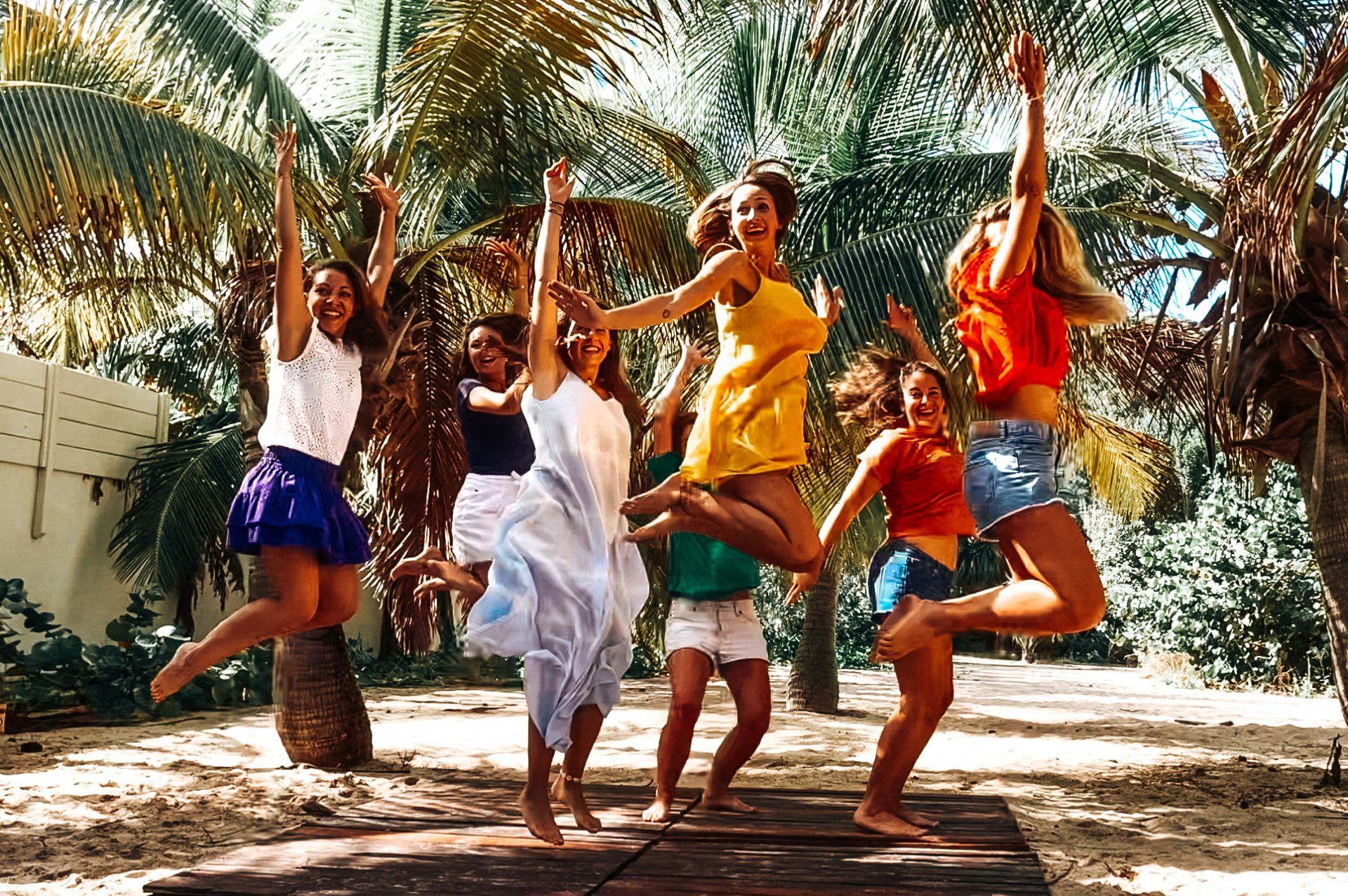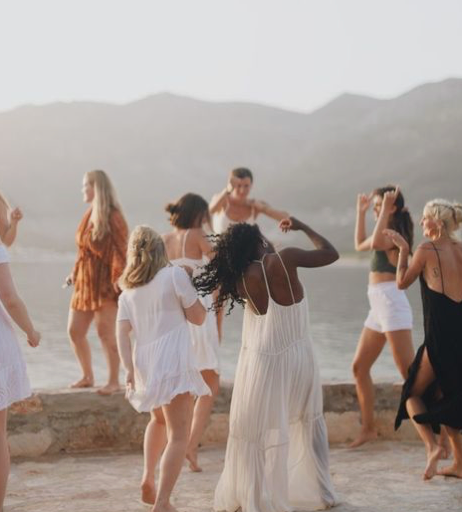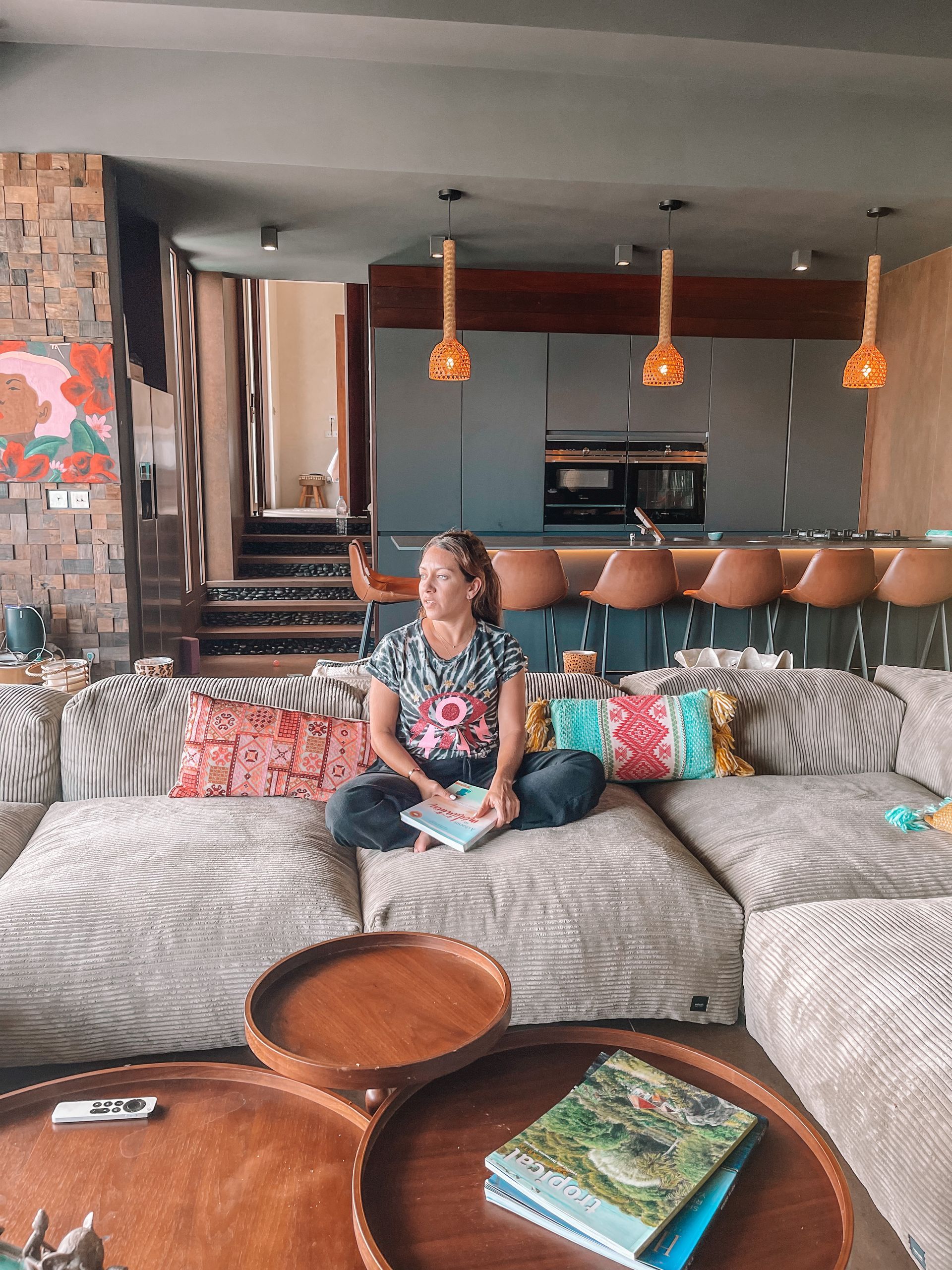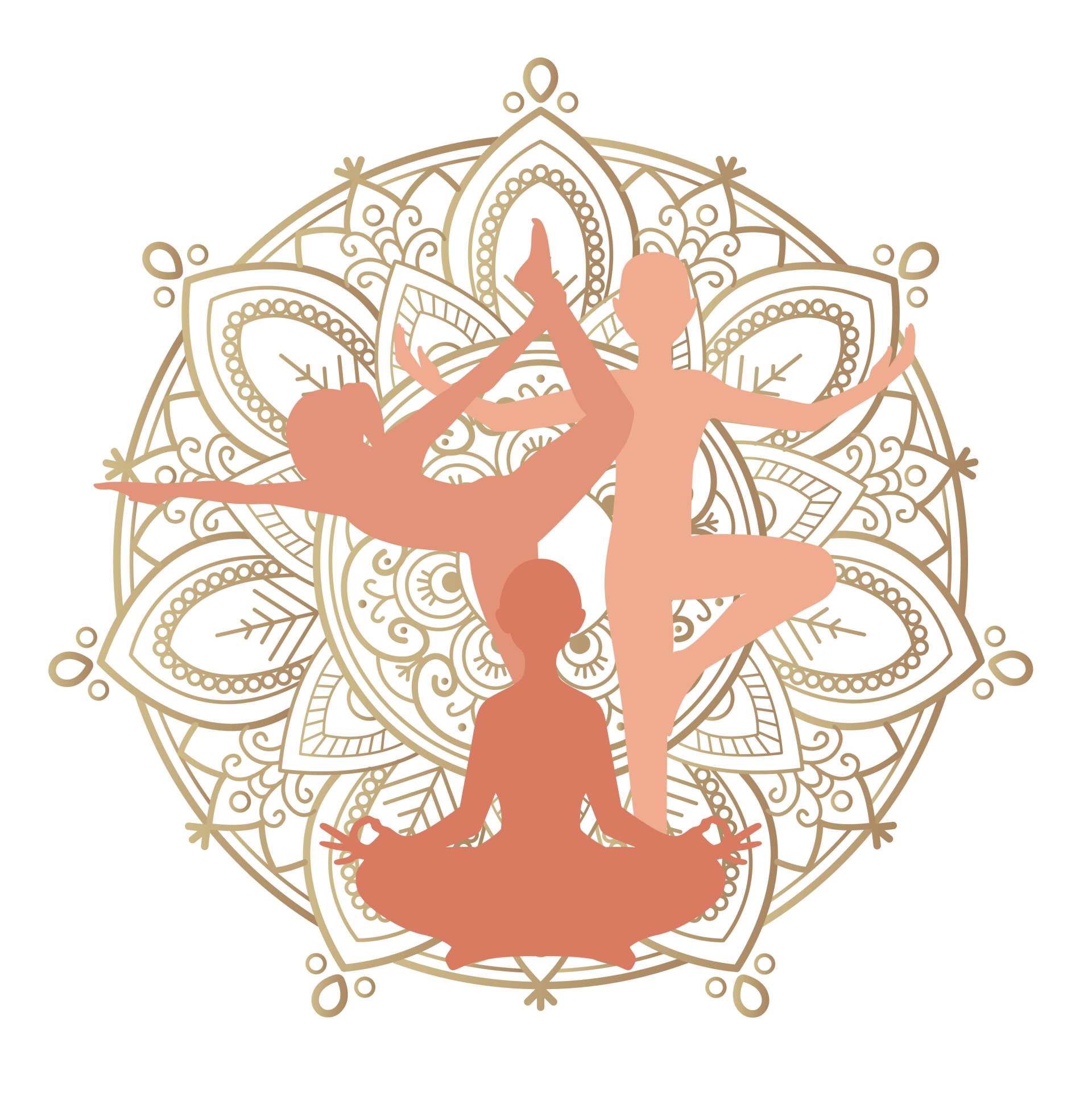Yoga for All 🧘♀️: Adaptation Techniques for Different Audiences
Yoga for All 🧘♀️: Adaptation Techniques for Different Audiences
1. Yoga for Children 🧒: Creating a Fun and Engaging Experience
Yoga for children is a wonderful way to enhance coordination, boost confidence, and improve focus 🎈. However, their energetic nature and limited attention span require specific approaches that make the practice both engaging and enjoyable.
Adaptation Techniques:
- Incorporate Imagination and Play 🎭: Children learn through play and imitation. Postures can be associated with fun images 🐶🌳. For example, "Downward Dog" becomes "stretching dog," and "Tree Pose" can be the "dancing tree." Stories woven into sessions also help hold their attention.
- Integrate Movement 🌟: Children need to move frequently to stay engaged. Alternate dynamic poses with moments of calm. For example, follow simplified Sun Salutations with relaxing postures.
- Short, Varied Sessions ⏳: Sessions should be shorter (around 20-30 minutes) to accommodate limited attention spans. Interactive activities, like breathing games, help maintain their interest.
Precautions:
- Avoid Complex or Advanced Poses 🚫: Children’s bodies are still developing, and their joints are naturally flexible. Avoid overemphasizing flexibility to prevent long-term injuries.
- Encourage Focus 🧘: Children can easily lose concentration. Maintain a positive, structured environment that’s not too rigid, allowing them to stay engaged without feeling pressured.
2. Yoga for Seniors 👵: Promoting Gentle Mobility and Relaxation
Yoga is ideal for seniors as it improves mobility, balance, and can alleviate joint pain 🌿. However, adapting postures and transitions is essential to respect the physical limitations associated with aging while providing gentle, safe exercises.
Adaptation Techniques:
- Use Props 🪑: Props like blocks, chairs, straps, and blankets are essential for supporting poses and making the practice accessible. For instance, standing poses like "Mountain" or "Tree" can be done with chair support to ensure stability.
- Modify Standing and Seated Poses 🌄: Standing poses can be adjusted to reduce balance risks. Seated or semi-reclining variations can be used to avoid discomfort in the knees or hips.
- Focus on Breathing and Relaxation 🌬️: Breathing exercises (pranayama) are particularly beneficial for seniors, helping manage stress and improve lung capacity. End each session with a long relaxation (savasana) to strengthen mind-body connection and encourage relaxation.
Precautions:
- Consider Joint Problems and Chronic Conditions 🦴: Seniors may suffer from conditions like arthritis, osteoporosis, or heart issues. Avoid poses that may strain joints or the back, like deep twists or forward bends.
- Slow Pace and Close Supervision 🐢: Use a slower pace and supervise each student closely to prevent any missteps.
3. Yoga for Pregnant Women 🤰: Supporting Wellness and Preparing for Birth
Prenatal yoga is one of the most beneficial practices for expectant mothers. It promotes relaxation, helps alleviate pregnancy-related discomforts, and prepares the body and mind for labor 👶. However, certain adjustments are necessary to avoid discomfort or complications.
Adaptation Techniques:
- Modify Poses for Comfort 🛌: As pregnancy progresses, poses need to be adjusted to support the belly and reduce pressure on the lower back. For instance, standing poses like "Warrior" can be done with a wider stance for stability.
- Open the Hips and Stretch the Back 🤸: Poses that relieve lower back tension, like Cat/Cow, are ideal for releasing accumulated tension. Hip-opening poses, like Butterfly Pose, also help prepare the body for birth.
- Practice Prenatal Breathing Techniques 🌬️: Deep breathing is essential for calming the nervous system and preparing mothers for the demands of labor. Abdominal breathing and visualization can help manage stress.
Precautions:
- Avoid Belly-Down and Deep Twists ❌: From the second trimester onward, avoid poses that compress the abdomen. Also, avoid inversions or any pose where balance might be compromised.
- Prioritize Comfort and Relaxation 😌: Make sure the mother-to-be is always comfortable and encourage her to use props to support sensitive areas, like the lower back.
4. Yoga for Individuals with Injuries or Specific Conditions 🏥: Precision and Care
Yoga is often recommended for those recovering from injuries or those with chronic conditions (back pain, respiratory issues, arthritis). However, teaching yoga to these audiences requires particular attention to avoid aggravating injuries or conditions 💖.
Adaptation Techniques:
- Therapeutic Poses 🌾: Each injury or condition requires specific adjustments. For chronic back pain, for example, focus on poses that gently strengthen the spine while avoiding deep forward bends. Restorative poses (like Child’s Pose with support) are especially useful for releasing tension without exertion.
- Emphasize Breathing 🍃: Slow, controlled breathing is a powerful tool for those with chronic stress or respiratory disorders. Encourage pranayama exercises to promote healing and calm the mind.
- Use Props to Minimize Strain 🛋️: Props like cushions and chairs can support poses and reduce strain on affected joints or muscles.
Precautions:
- Medical Supervision ⚕️: For individuals with serious injuries or conditions, it’s important to ensure they have medical approval before practicing yoga.
- Gentle Practice Without Forcing 🧘: Encourage students to respect their limits and never force a pose. Yoga should be a healing practice, not a physical performance.
Conclusion 🌟: An Inclusive and Compassionate Yoga Practice for All
Adapting yoga for different audiences is key to ensuring a safe, effective, and inclusive practice. Whether teaching children, seniors, pregnant women, or individuals with injuries, a flexible and compassionate approach is essential 🧡. Using props, modifying poses, and maintaining open communication with students are just some of the ways to provide an enriching experience for everyone.
As a yoga instructor, your ability to adapt classes to the specific needs of each student ensures they can fully enjoy their practice safely, while respecting their individual limits ✨.
Namaste 🌺
This article provides an overview of essential adaptations in yoga. For a more thorough understanding, consider specialized training in yoga for different audiences to offer truly adapted and safe classes 💪🌸.






